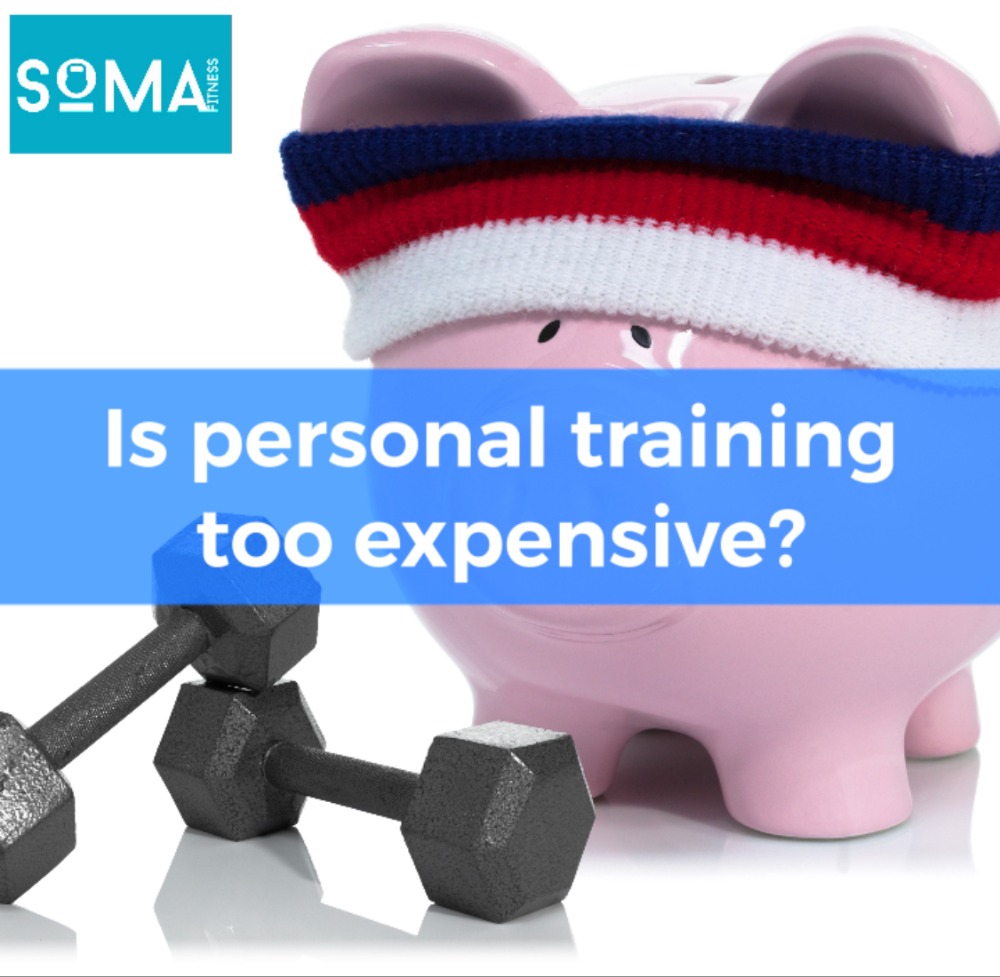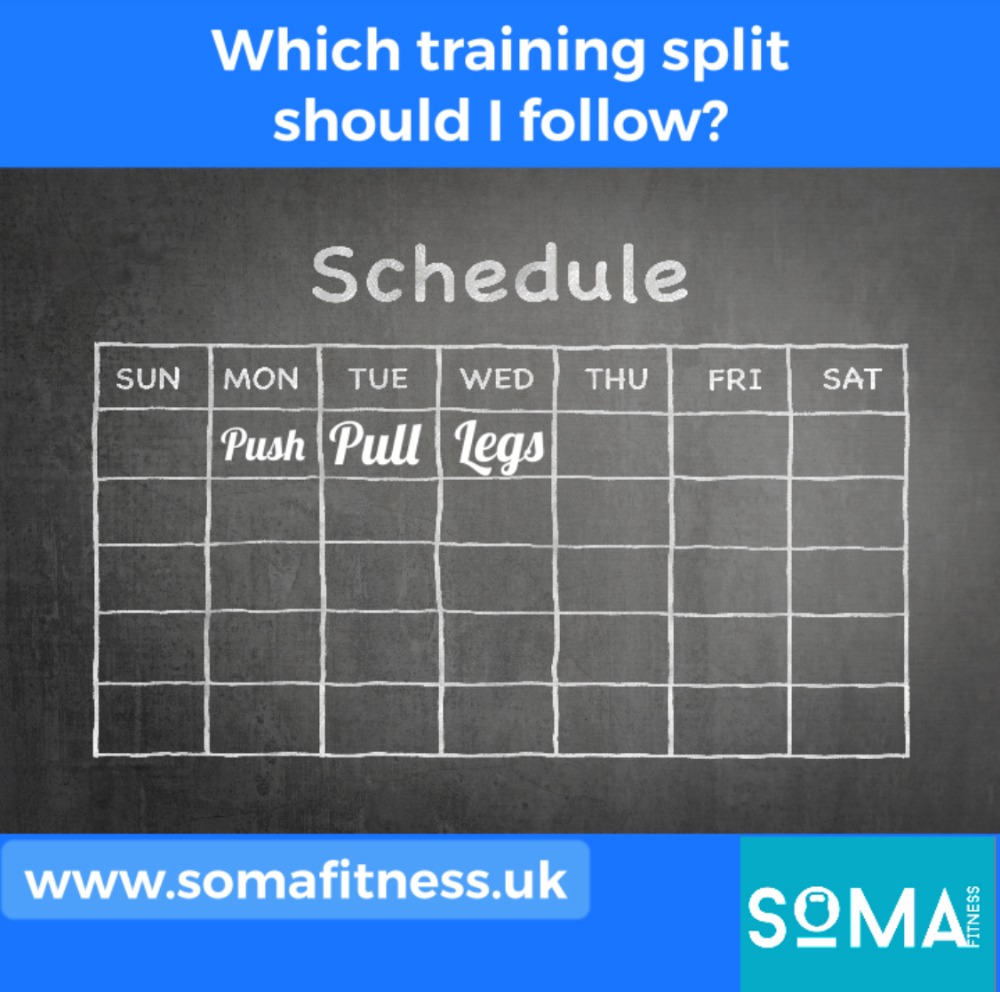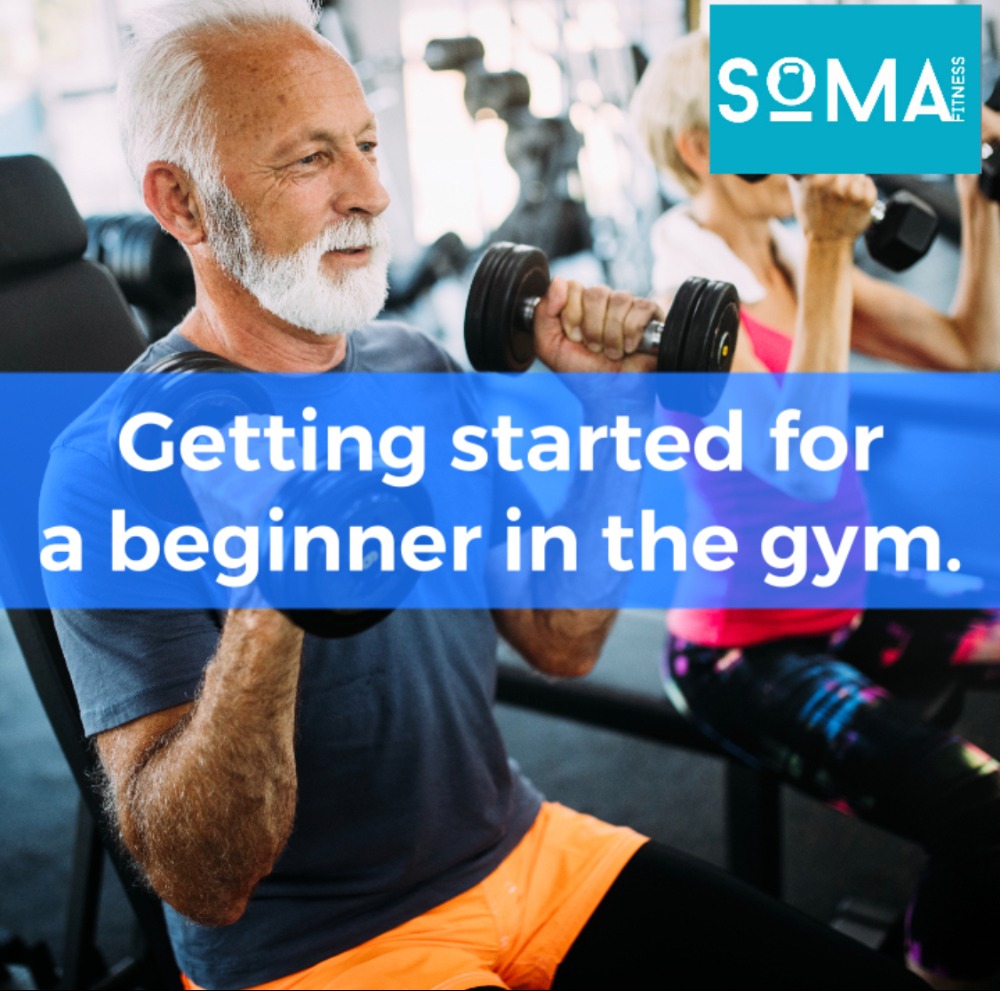
Ashwagandha, also known as Withania somnifera, is an ancient medicinal herb that has been used for centuries in Ayurvedic medicine to help with a wide range of ailments. In recent years, modern scientific research has begun to uncover the health benefits of this herb, and it has become increasingly popular in the Western world as a natural health supplement.
Reduces stress and anxiety
One of the most well-known benefits of ashwagandha is its ability to reduce stress and anxiety. Several studies have shown that ashwagandha can lower cortisol levels, which is a hormone released in response to stress. It has also been shown to improve symptoms of anxiety disorders and improve overall mood.
Improves brain function
Ashwagandha has been found to improve brain function and memory. Studies have shown that it can enhance cognitive abilities, including attention, information processing speed, and decision-making. Additionally, it has been shown to have a neuroprotective effect, which may help prevent or slow the progression of neurodegenerative diseases such as Alzheimer’s and Parkinson’s.
Boosts immune system
Ashwagandha has been found to boost the immune system by increasing the production of white blood cells, which are responsible for fighting off infections and diseases. It has also been shown to have anti-inflammatory properties, which can help reduce inflammation in the body and prevent chronic diseases.
Reduces inflammation
In addition to its immune-boosting properties, ashwagandha has been found to have anti-inflammatory effects. Chronic inflammation is linked to several diseases, including heart disease, cancer, and diabetes. By reducing inflammation, ashwagandha may help prevent these conditions.
Lowers cholesterol and blood sugar levels
Ashwagandha has been found to lower cholesterol and blood sugar levels in several studies. High levels of cholesterol and blood sugar are risk factors for several chronic diseases, including heart disease and diabetes. By reducing these levels, ashwagandha may help prevent these conditions.
Improves physical performance
Ashwagandha has been found to improve physical performance and increase strength in athletes. It may also help reduce fatigue and improve endurance. Additionally, it has been shown to increase muscle mass and reduce body fat.
Increases luteinizing hormone (LH) and follicle-stimulating hormone (FSH)
LH and FSH are hormones produced by the pituitary gland that stimulate the production of testosterone in the testicles. Studies have found that ashwagandha can increase LH and FSH levels, which may lead to increased testosterone production.
Boosts nitric oxide levels
Nitric oxide is a molecule that helps to dilate blood vessels, which can improve blood flow and increase the delivery of nutrients and oxygen to the body’s tissues. Studies have found that ashwagandha can boost nitric oxide levels, which can help improve blood flow to the testicles and increase testosterone production.
Increases muscle mass and strength
Ashwagandha has been found to increase muscle mass and strength in men. This may be due in part to its ability to increase testosterone levels, which are necessary for muscle growth and development.
In conclusion, ashwagandha has been found to have several health benefits, including reducing stress and anxiety, improving brain function, boosting the immune system, reducing inflammation, lowering cholesterol and blood sugar levels, and improving physical performance. It is available in various forms, including capsules, powders, and teas, and is generally safe for most people to take. However, as with any natural supplement, it is important to consume an organic version of Ashwagandha, If you wish to purchase a good quality source click on the links on this blog and It will take you to Amazon to make a purchase:











Recent Comments